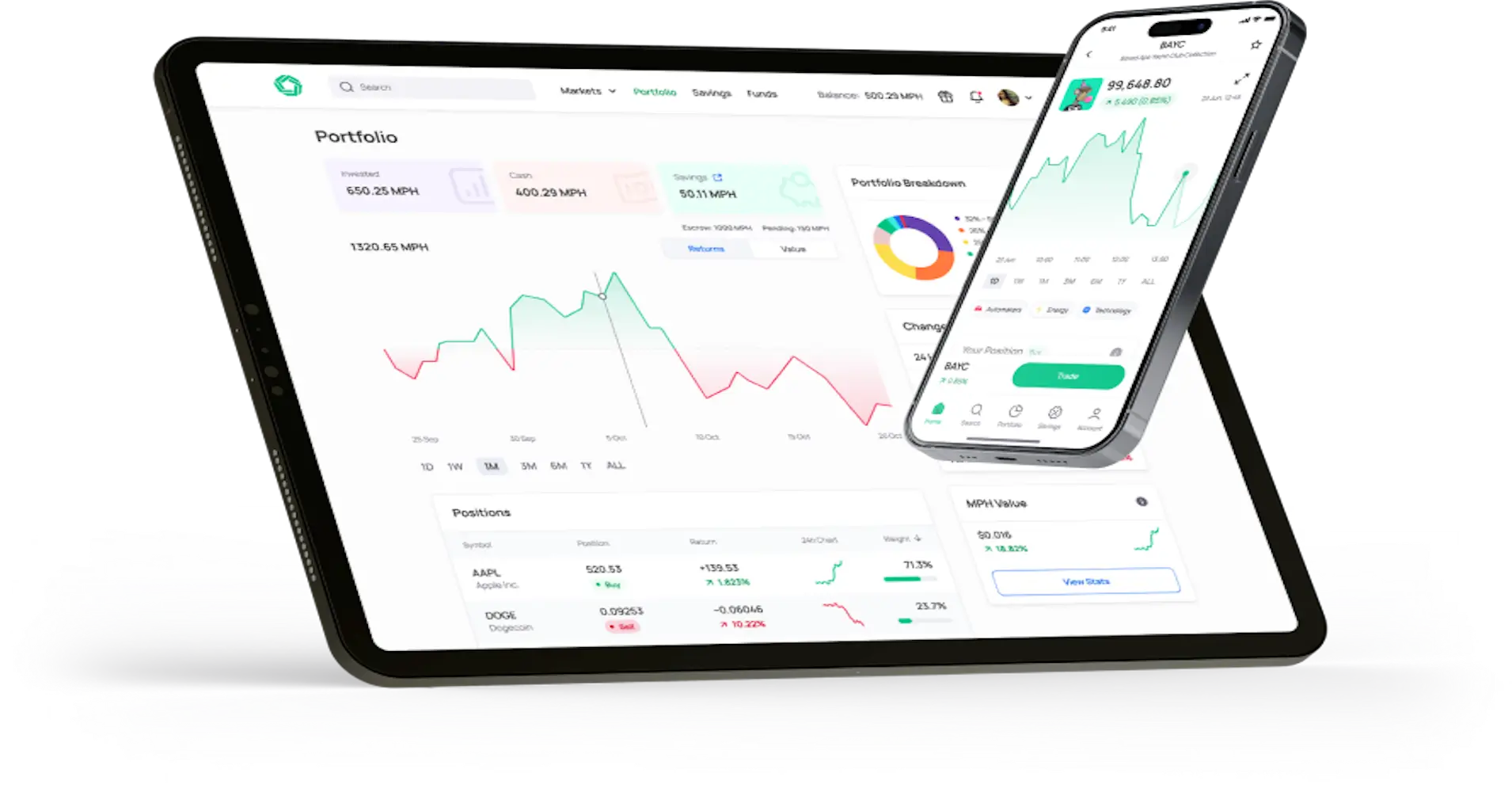Natural gas Hits 5-week Low
Natural gas decreased to 4.23 USD/MMBtu, the lowest since November 2025. Over the past 4 weeks, Natural gas lost 6.4%, and in the last 12 months, it increased 22.8%.
Morpher AI identified a bearish signal. The commodity price may continue to fall based on the momentum of the negative news.
Natural Gas is a widely used commodity for heating and electricity generation. Today, the market experienced a strong bearish movement, with prices declining significantly.
GAS commodity is down 7.5% on Dec 11, 2025 16:39
Natural gas decreased to 4.23 USD/MMBtu, the lowest since November 2025. Over the past 4 weeks, Natural gas lost 6.4%, and in the last 12 months, it increased 22.8%.
Natural gas decreased 5% to 4.6664 USD/MMBtu
US natural gas futures extended their decline to around $4.80/MMBtu on Tuesday, following a steep 7.1% drop on Monday and moving further away from the three-year highs reached earlier this month. Milder weather forecasts through December 23rd have eased pressure on demand, while near-record production and ample storage continue to weigh on prices. Average gas output in the Lower 48 states has risen to 109.7 billion cubic feet per day (bcfd) so far in December, above November’s record of 109.6 bcfd. Robust production has enabled companies to build larger-than-normal inventories, which now stand about 5% above the seasonal average. LSEG expects total US demand including exports, to increase to 146 bcfd next week, up from 143.8 bcfd this week.
Natural gas decreased 5.01% to 5.0239 USD/MMBtu
US natural gas futures slipped back to the $5/MMBtu level as last week’s over 9% surge lost momentum. Despite the pullback, prices remain close to three-year highs, up roughly 70% since mid-October, supported by strong export demand and cold weather across the US, which boosted heating-related consumption. In Europe, countries confirmed plans to phase out Russian LNG completely by 2027, extending their ongoing avoidance of Russian gas. Meanwhile, US LNG exports surged 40% year-on-year in November to 10.7 million tonnes, even as domestic producers continued ramping up output. For 2025, US LNG exports have reached roughly 15 billion cubic meters. US Energy Information Administration (EIA) data showed utilities withdrew 12 billion cubic feet of natural gas in the week ending November 28, marking the third consecutive weekly decline as seasonal withdrawals began. The withdrawal was slightly below expectations of an 18 bcf drop, reflecting continued strong demand.
Trade Natural Gas and 700+ other stocks, cryptocurrencies, commodities and more on Morpher. Sign up now and never miss out on the action again!
